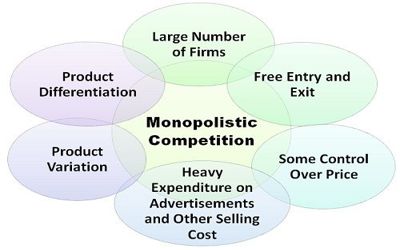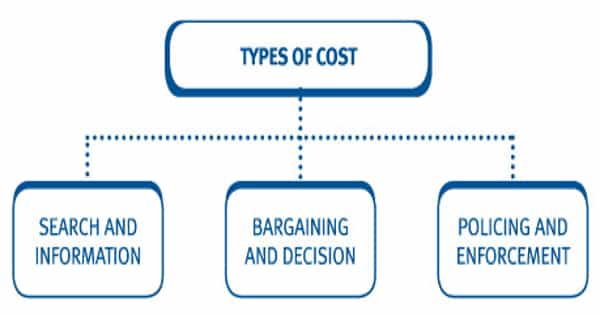Monopolistic competition characterizes an industry in which many firms offer products or services that are similar, but not perfect substitutes. It is a type of imperfect competition such that there are many producers competing against each other, but selling products that are differentiated from one another (e.g. by branding or quality) and hence are not perfect substitutes. It is closely related to the business strategy of brand differentiation.
The model of monopolistic competition describes a common market structure in which firms have many competitors, but each one sells a slightly different product. It is a type of imperfect competition such that many producers sell products that are differentiated from one another.
In monopolistic competition, a firm takes the prices charged by its rivals as given and ignores the impact of its own prices on the prices of other firms. Many small businesses operate under conditions of monopolistic competition, including independently owned and operated high-street stores and restaurants. In the presence of coercive government, monopolistic competition will fall into government-granted monopoly. In the case of restaurants, each one offers something different and possesses an element of uniqueness, but all are essentially competing for the same customers. Unlike perfect competition, the firm maintains spare capacity.

These types of competition occur when an industry has many firms offering products that are similar but not identical. Models of monopolistic competition are often used to model industries. Textbook examples of industries with market structures similar to monopolistic competition include restaurants, cereal, clothing, shoes, and service industries in large cities. These types of firms are most common in industries where differentiation is possible, such as:
- The restaurant business
- Hotels and pubs
- General specialist retailing
- Consumer services, such as hairdressing
Essentially a monopolistic competitive market is one with freedom of entry and exit, but firms can differentiate their products. The “founding father” of the theory of monopolistic competition is Edward Hastings Chamberlin, who wrote a pioneering book on the subject, Theory of Monopolistic Competition (1933). Joan Robinson published a book The Economics of Imperfect Competition with a comparable theme of distinguishing perfect from imperfect competition.
Monopolistic competition is similar to perfect competition, some economists regard it as more realistic because the products are differentiated. Further work on monopolistic competition was undertaken by Dixit and Stiglitz who created the Dixit-Stiglitz model which has proved applicable used in the subfields of international trade theory, macroeconomics, and economic geography. As an economic model of competition, monopolistic competition is more realistic than the perfect competition – many familiar and commonplace markets have many of the characteristics of this model.
Information Source:
















